How To Get Started in Beekeeping: A Step by Step Guide
So you’ve decided you’re ready to get started in Beekeeping, that’s awesome! You might be ready to dive in, but where the heck do you start? Should you buy your equipment first, or invest in men...
So you’ve decided you’re ready to get started in Beekeeping, that’s awesome! You might be ready to dive in, but where the heck do you start? Should you buy your equipment first, or invest in mentorship? How do you decide between a Langstroth Hive or a Flow Hive? What species of bees should you buy?
There’s no doubt getting started in Beekeeping can be a daunting task. It’s a steep learning curve that requires some time and education to build your confidence in the craft. Most newbie Beekeepers are so enthusiastic about taking on Beekeeping that they rush into buying their gear too quickly, resulting in costly mistakes. The best place to begin, however, is by building a little knowledge on the topic.
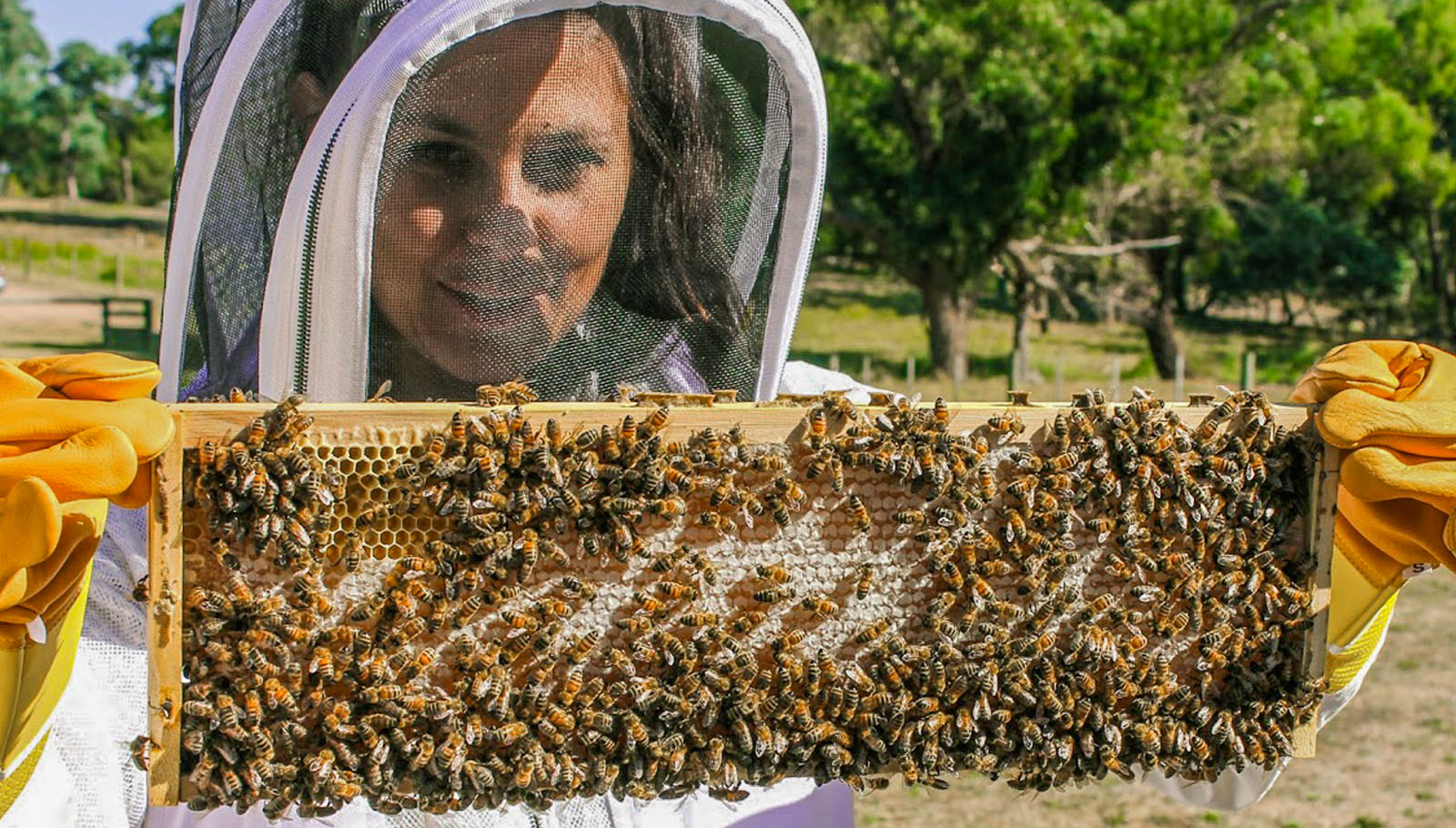
Step One - Get Educated
When you’re getting started in Beekeeping at home it’s important to first build your knowledge. There are a number of ways you can do this from home. You can watch Youtube videos, read books and magazines (we recommend The Australian Beekeeping Manual by Robert Owen), do an online beekeeping course, or even find a local mentor. We have a Free Online Beekeeping Workshop that you can register and watch at a convenient time. Lastly, if you live in Melbourne, we run our popular Live Beekeeping Workshops a few times a year (in-person Beginner Beekeeping course).
It’s important to educate yourself thoroughly before you purchase bees. That way you’ll avoid common mistakes like placing your hive in an inappropriate location, harvesting honey too soon or buying equipment that you don’t actually need.
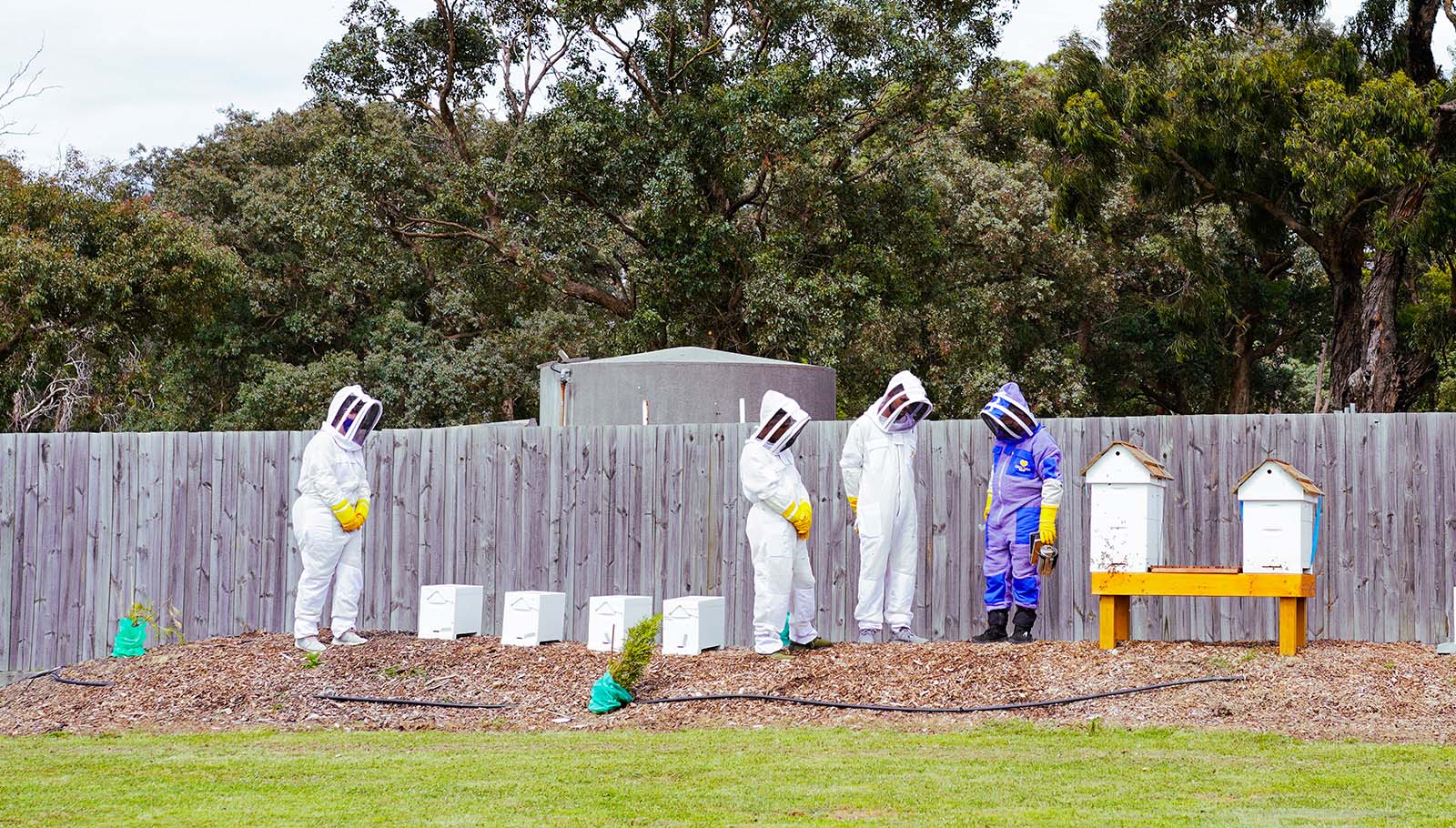
Step Two - Location, Location, Location
Bees adapt well to almost any location, your local council, however, is not so forgiving. So before you do anything always check with your local laws and regulations before you bring a colony of bees into your backyard. You can keep your bees in a suburban backyard or the city, in a large paddock or even on an urban rooftop. There are, however, some important elements that you’ll need to consider when choosing your location.
Try to incorporate as many of these points as possible;
- Face the hive towards the morning sun
- Make sure the hive is easily accessible
- Make sure there is good drainage and ventilation
- Make sure there is a water source nearby
- Dappled sunlight is ideal (partly shaded)
- Make sure the hive is absolutely level

Step Three - Choose Your Hive
While there are numerous styles of hives on the market, including Langstroth (8 or 10 frame options), Flow Hives, Top Bar / Kenyan Hives, Warre Hives, B-Box Hives, Layens Hive etc The two hive options we recommend for Beginner Beekeepers are both based on the standard eight-frame Langstroth Hive Format. This includes the Standard 8 Frame Langstroth Hive or a 6 Frame Flow Hive (8 Frames in Brood Box).
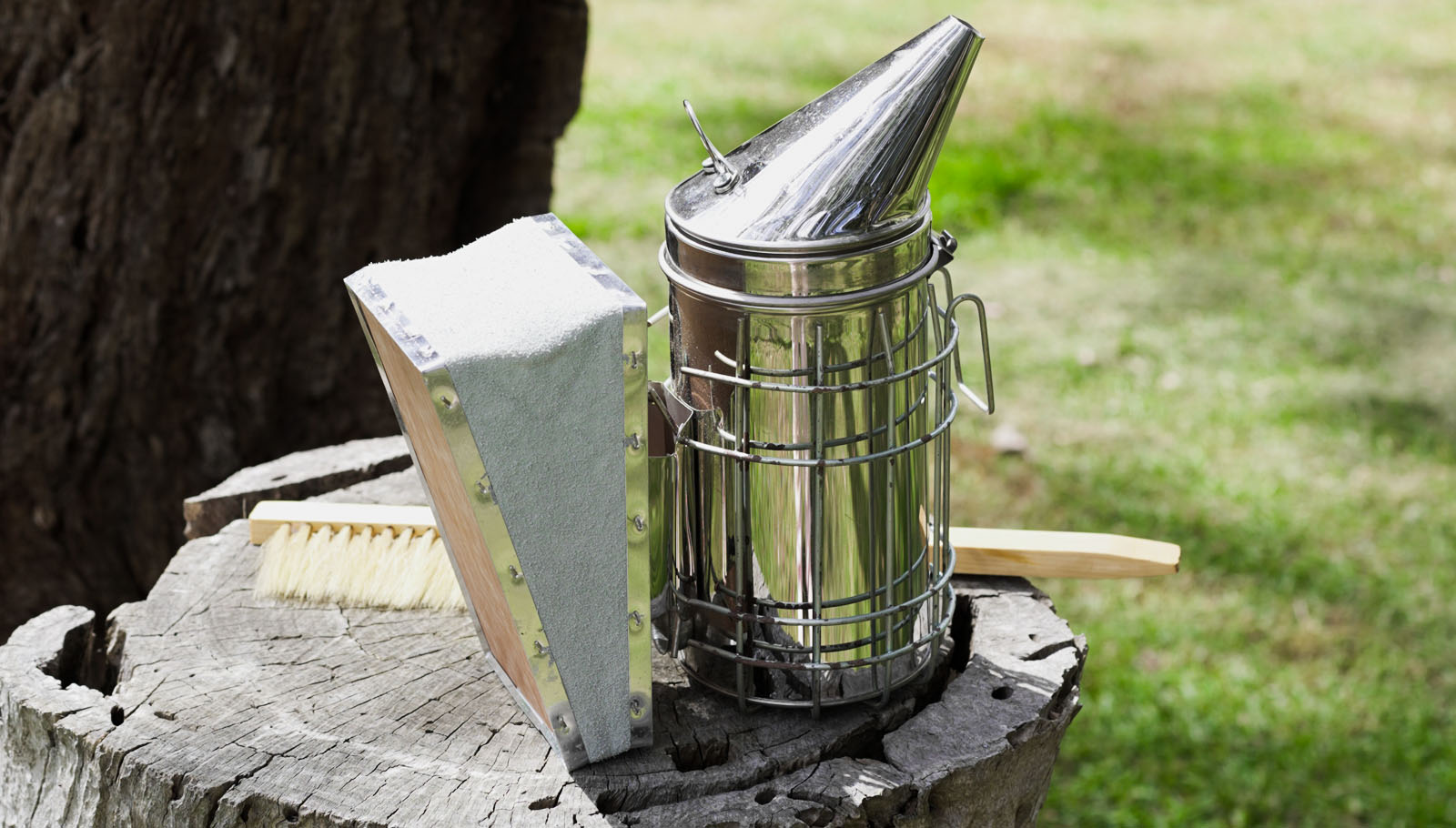
Step Four - Get Your Gear Sorted
So what do you need to start beekeeping?
There are a number of essential pieces of equipment you’ll need to purchase before your colony arrives. You’ll need things like a Bee Suit and Veil, a Hive Tool, a Smoker and some spare frames. While there is an initial investment to get started in Beekeeping, once you have everything you need the ongoing costs are very minimal.
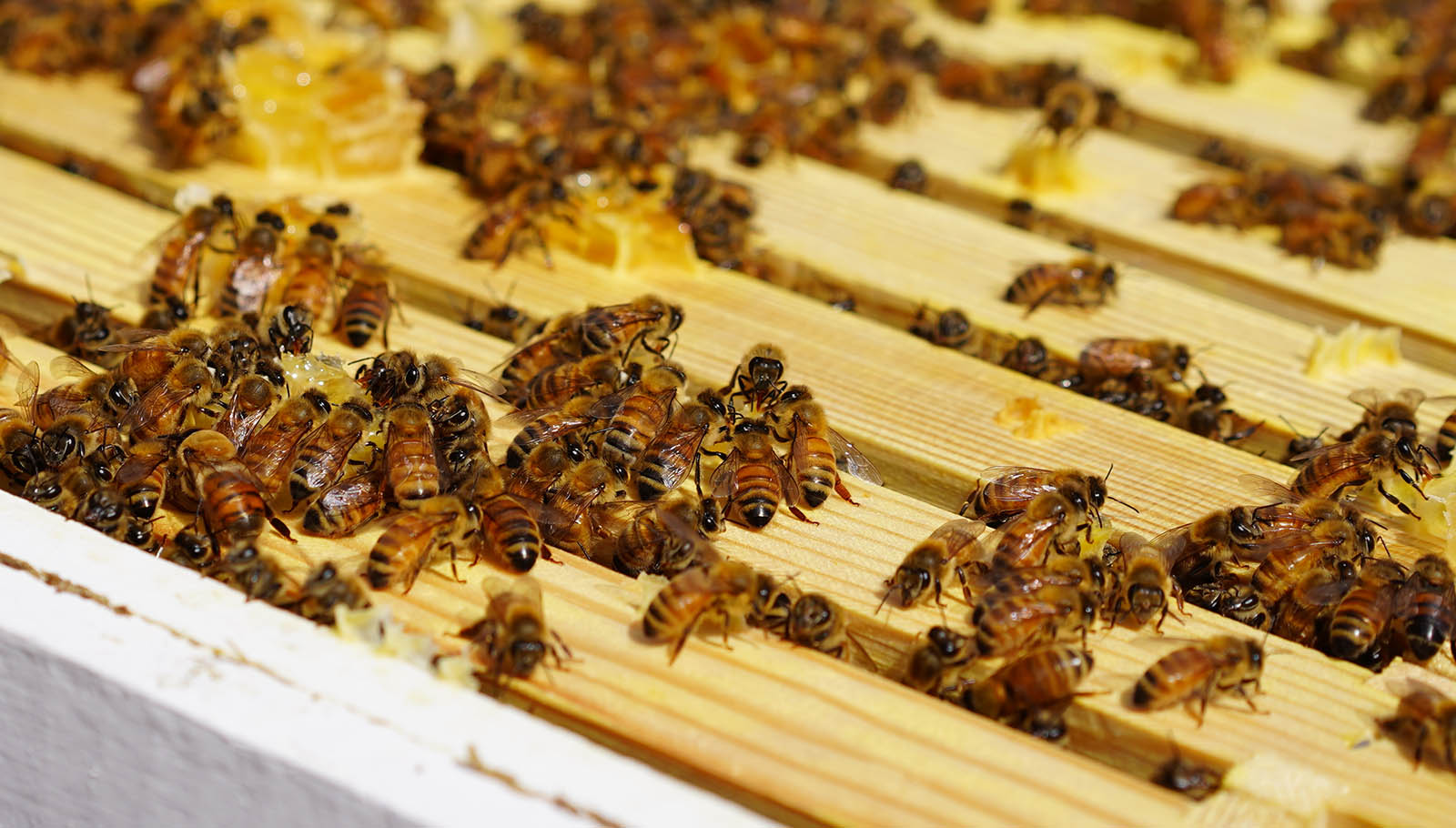
Step Five - Purchase Your First Colony
There are a few different ways to purchase bees. You can buy a Nucleus colony (which is what I highly recommend), you can catch a swarm of bees or you can purchase a package of bees.
Here’s why I urge you to invest in a Nucleus Colony;
- It’s easier to manage the colony
- Finding the Queen bee is relatively simple
- It’s portable with a closable door
- The bees are far less likely to abscond
- The colony is more established
- It’s easier to detect the health of the bees
- The bees have a calmer and more docile temperament
If you go for a swarm or package of bees you really don’t know what you’ll get when you bring them home. There may be disease, an unproven queen or potentially more aggressive bees.
For more info How to Get Bees, check out this video.
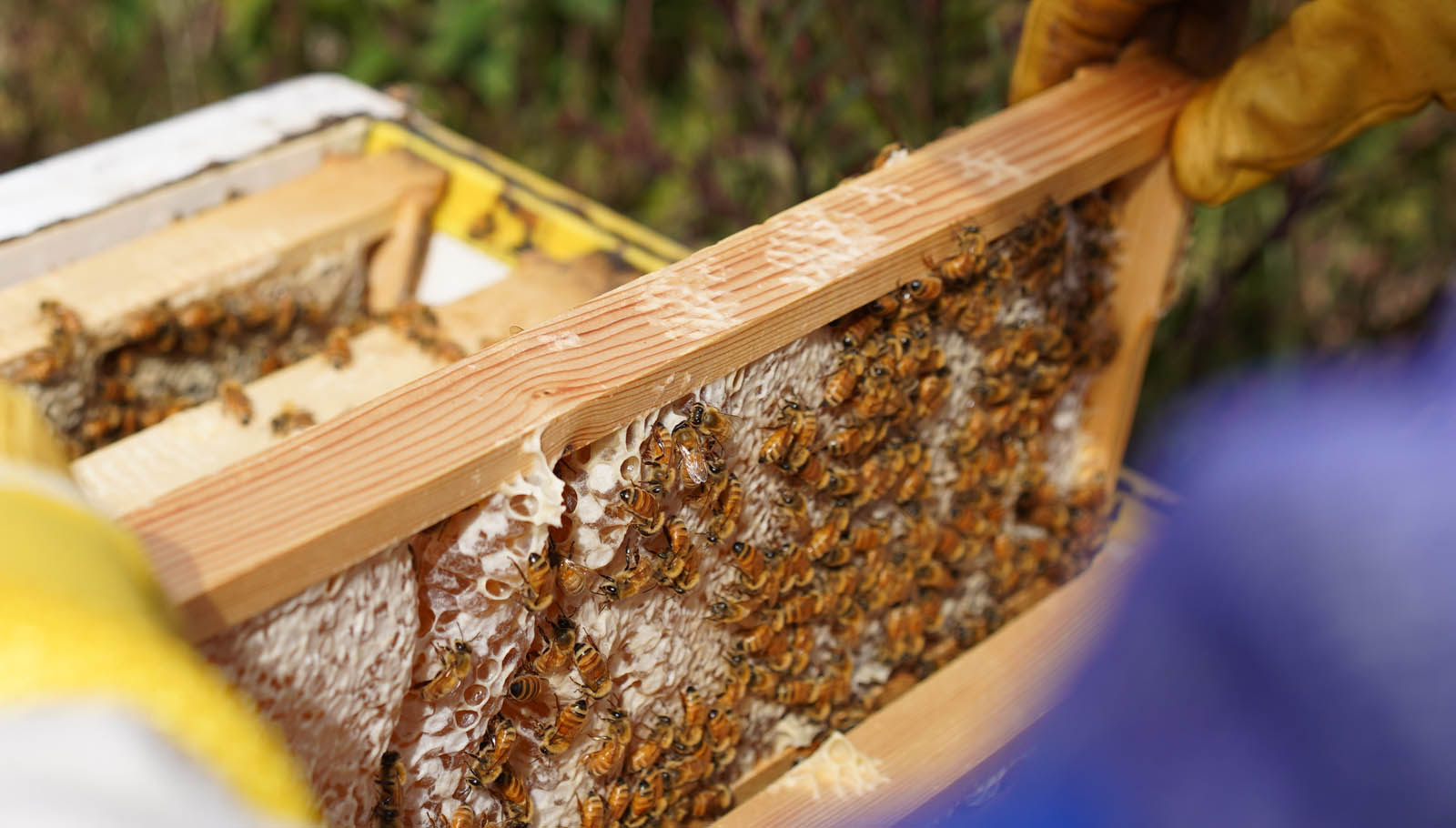
Step Six - Introducing Your Bees To Their New Hive
Now that you’ve built your knowledge, chosen your hive and gathered all the necessary equipment it’s time to introduce your colony to their new home!
It’s important that you set your hive up in the appropriate location before your bees arrive as moving them later is not advisable.
R: Need to expand on the steps here
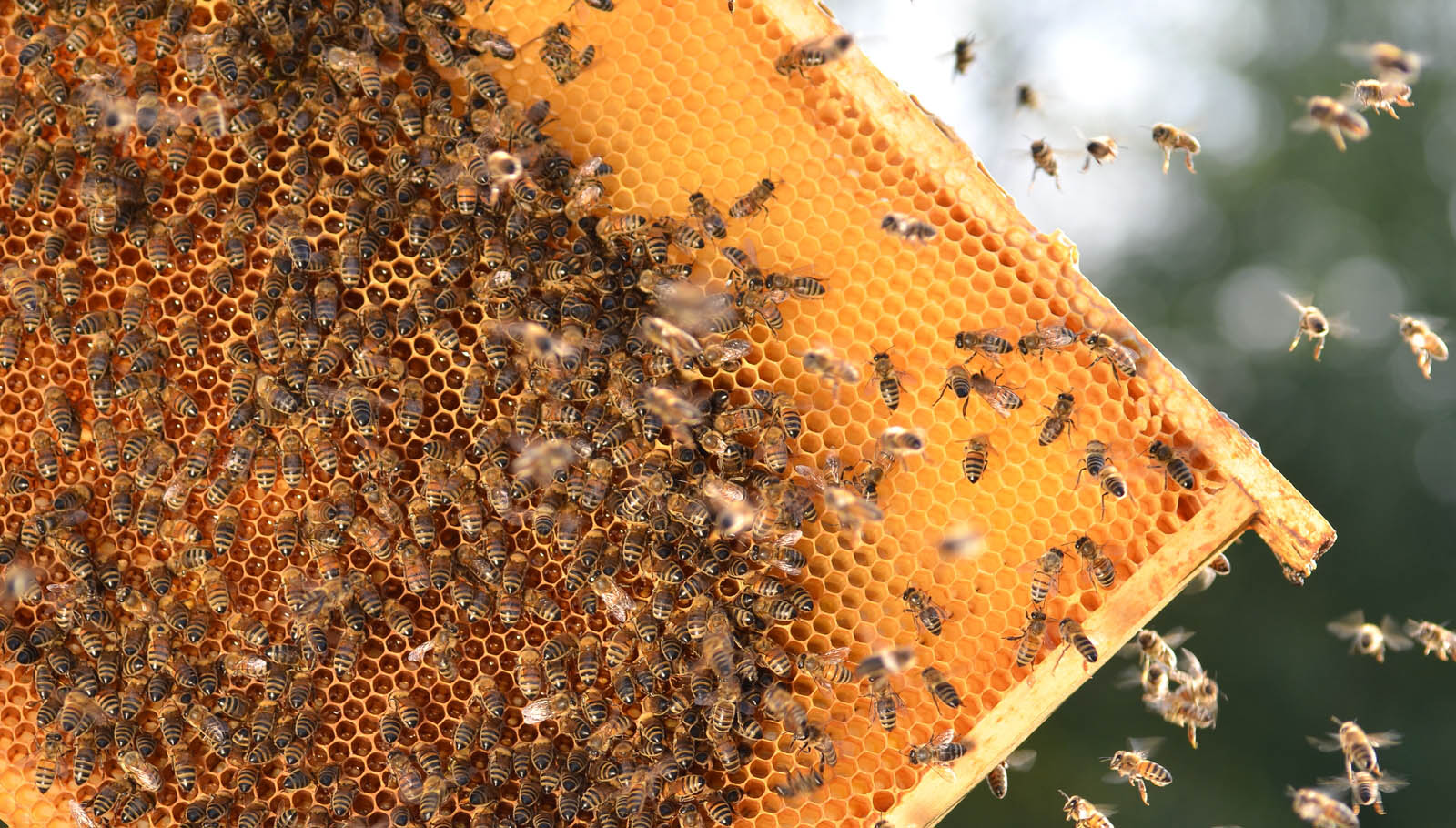
Step Seven - Keeping Your Bees Happy And Healthy
Once you’ve got your bees set up in their new home they are very low maintenance, however there’s still a lot to learn. You’ll then want to start educating yourself on how to inspect your hive, how to harvest your honey and how to help your bees thrive in their new environment.
There are heaps of helpful resources around to help guide you on your beekeeping journey. Here’s a few of our recommendations;
- Beekeeping Apprentice Online Workshop
- The Australian Beekeeping Manual by Robert Owen - Buy here
- Biosecurity for Beekeeping https://beeaware.org.au/training/
- If you live in Victoria, Australia and require equipment or bees visit our store here: https://beehivesforsale.com.au
So there you have it! Everything you need to know to kickstart your beekeeping journey and begin a wonderful new hobby. Still got questions? Feel free to post in the comments below and one of our resident Beekeepers will get back to you shortly.



